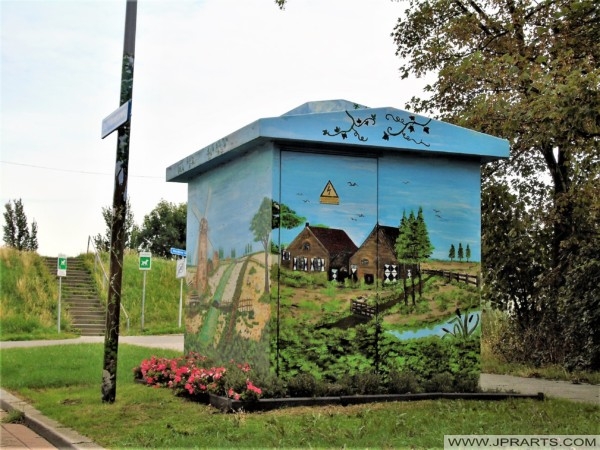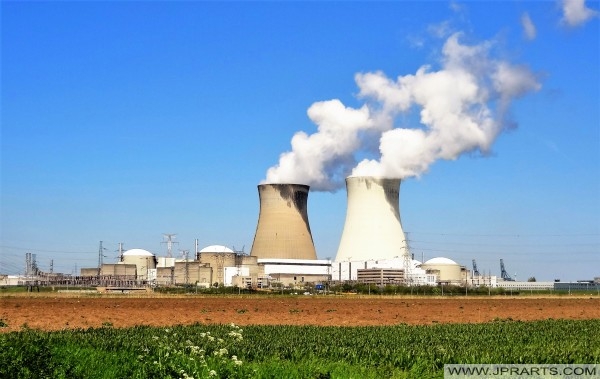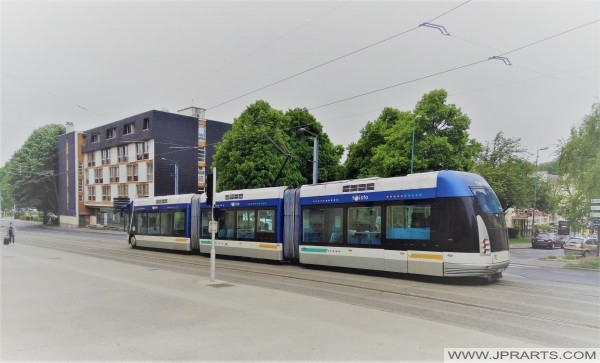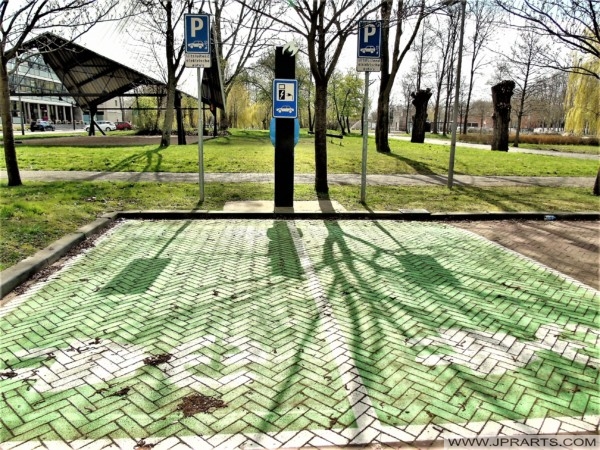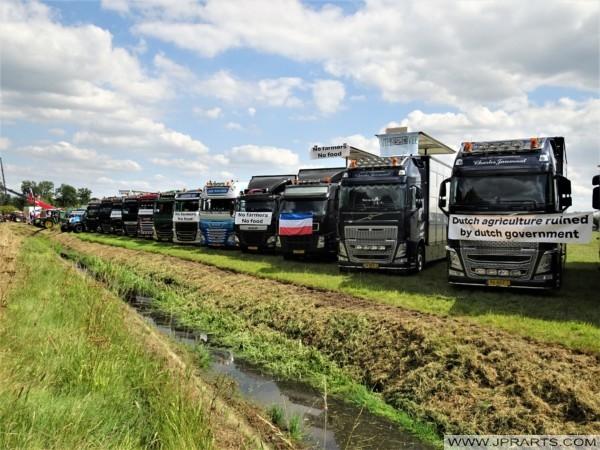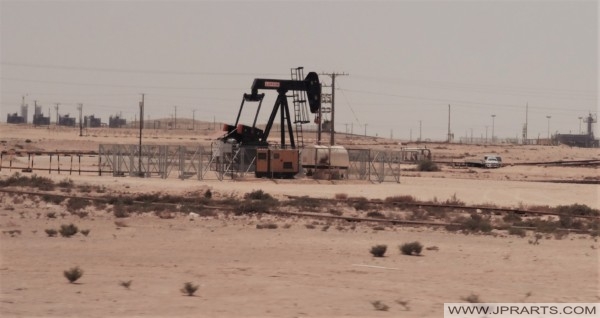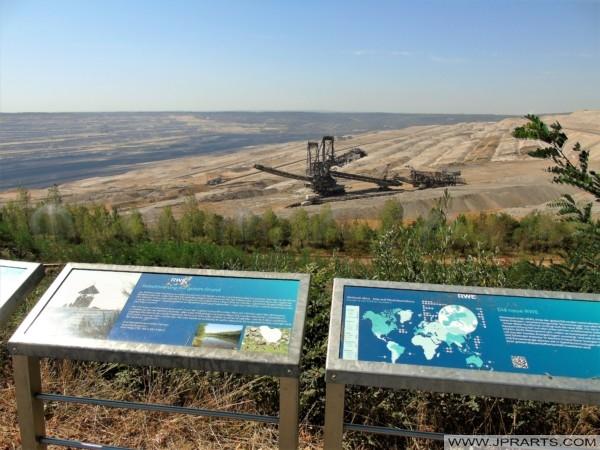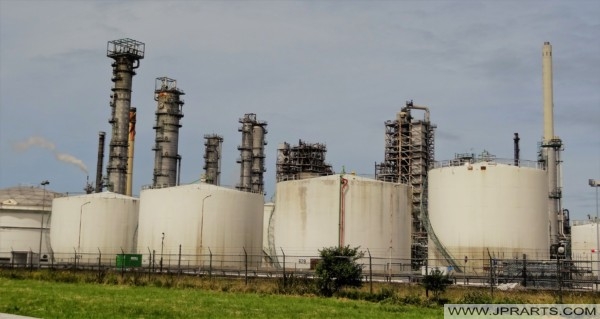The electric power industry covers the generation, transmission, distribution and sale of electric power to the general public and industry. The commercial distribution of electric power started in 1882 when electricity was produced for electric lighting. In the 1880s and 1890s, growing economic and safety concerns lead to the regulation of the industry. Once an expensive novelty limited to the most densely populated areas, reliable and economical electric power has become an essential aspect for normal operation of all elements of developed economies.
Electric Power Industry
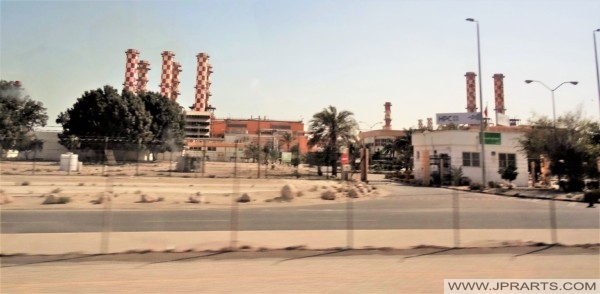
Order Digital Image 12.950 on A4 scale
Elektrizitätswirtschaft
Industria de la Energía Eléctrica
电力工业
By the middle of the 20th century, electricity was seen as a “natural monopoly”, only efficient if a restricted number of organizations participated in the market; in some areas, vertically-integrated companies provide all stages from generation to retail, and only governmental supervision regulated the rate of return and cost structure.
Since the 1990s, many regions have opened up the generation and distribution of electric power to provide a more competitive electricity market. While such markets can be abusively manipulated with consequent adverse price and reliability impact to consumers, generally competitive production of electrical energy leads to worthwhile improvements in efficiency. However, transmission and distribution are harder problems since returns on investment are not as easy to find.
Industrie de l’Éénergie Électrique
электроэнергетика
विद्युत विद्युत उद्योग
صناعة الطاقة الكهربائية
Although electricity had been known to be produced as a result of the chemical reactions that take place in an electrolytic cell since Alessandro Volta developed the voltaic pile in 1800, its production by this means was, and still is, expensive. In 1831, Michael Faraday devised a machine that generated electricity from rotary motion, but it took almost 50 years for the technology to reach a commercially viable stage. In 1878, in the USA, Thomas Edison developed and sold a commercially viable replacement for gas lighting and heating using locally generated and distributed direct current electricity.
In early 1882, Edison opened the world’s first steam-powered electricity generating station at Holborn Viaduct in London, where he had entered into an agreement with the City Corporation for a period of three months to provide street lighting. In time he had supplied a number of local consumers with electric light. The method of supply was direct current (DC).
Elektrik Endüstrisi
電力産業
Visit Cheap Electronics for Cables, Blu-ray Players, Mobile Phones and TVs
Click Here for More Stock Photos and Videos

